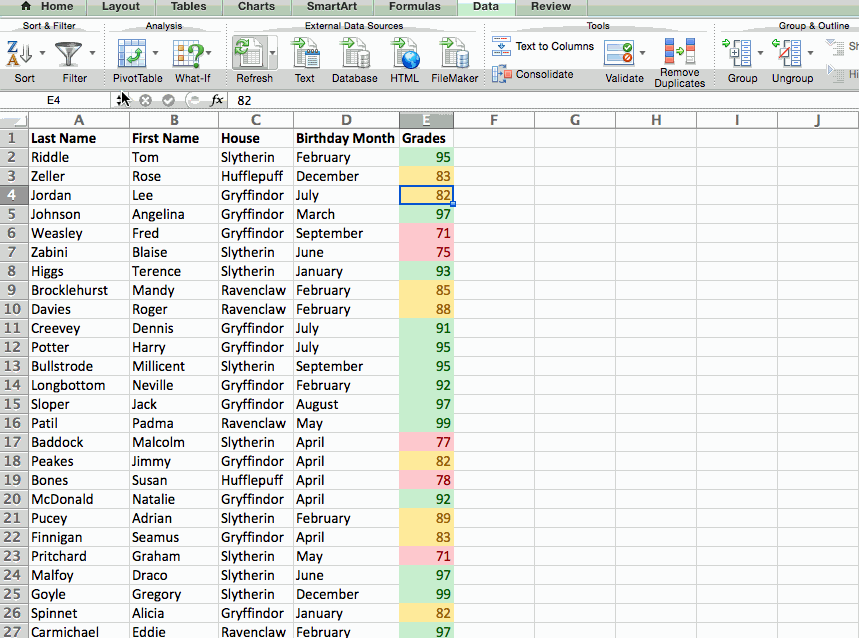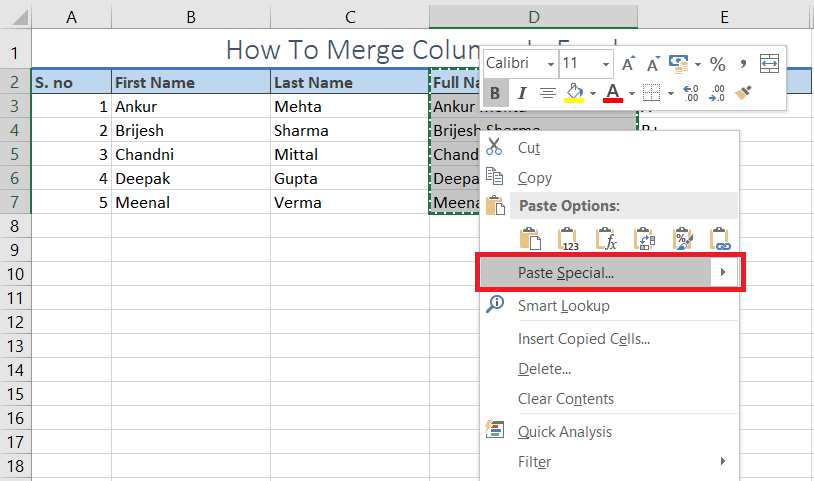

One more way to use the custom sort is to adjust case-sensitivity and orientation. Here, we copied our Jackets level and then decided to sort by Cell Values. To remove a level from the custom sort, select it and click Delete Level.Īnother option is to copy an existing level and then make a slight adjustment to it.

Select a level and use the Move Up and Move Down arrows to arrange the sort levels. If you continue to add more levels to the sort, you may want to change the order of the levels. For example, in our setup, Excel will sort by Shoes and then Jackets using a Cell Color for both. When you use a multilevel sort, Excel sorts the data according to the levels you set up in the window. Now you can add the same options for the next column you want to sort by. To sort using more than one column, complete the Sort By, Sort On, and Order sections. If you want to perform a detailed sort, these are the tools you’ll want to use. You’ll notice additional options for your custom sort at the top of the Sort window. When you finish, click OK to apply the sort to your data.Īs you can see here, we sorted our Shoes column by Cell Color and decided to display those cells at the top.

But if you choose a Cell or Font Color, you’ll pick the color and display those to the top or bottom. For instance, if you pick Cell Values, you can choose A to Z, Z to A, or a Custom List. This drop-down list will adjust depending on the Sort On option you select. You can choose from Cell Values, Cell Color, Font Color, or Conditional Formatting icon. Keep in mind that all data in your selection will be sorted, not just that column.

You can sort data alphabetically with a simple click.


 0 kommentar(er)
0 kommentar(er)
